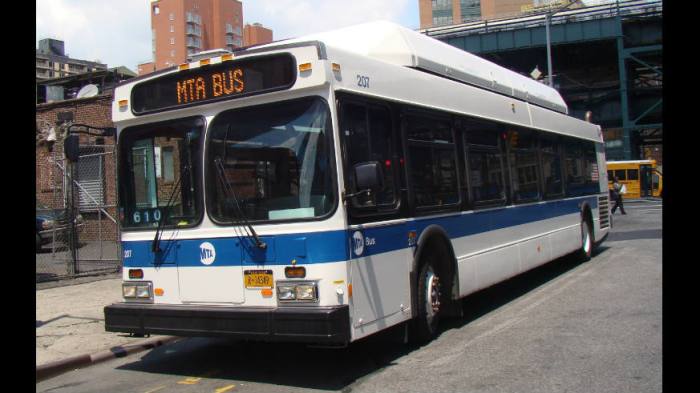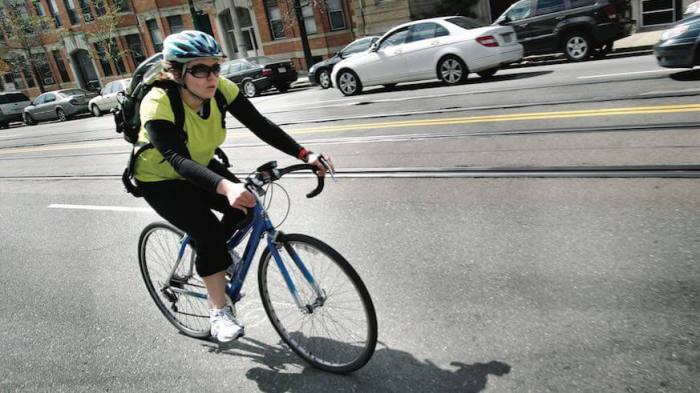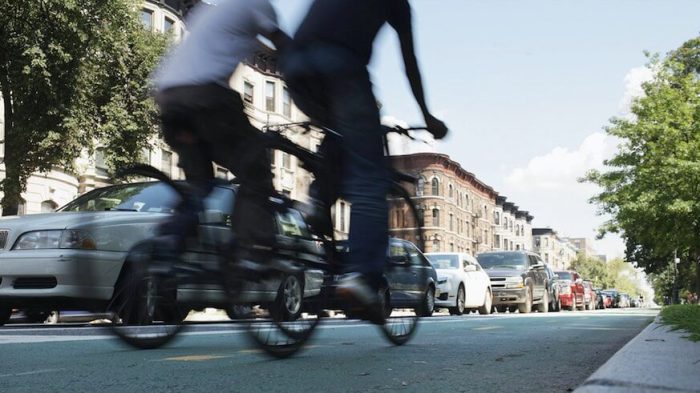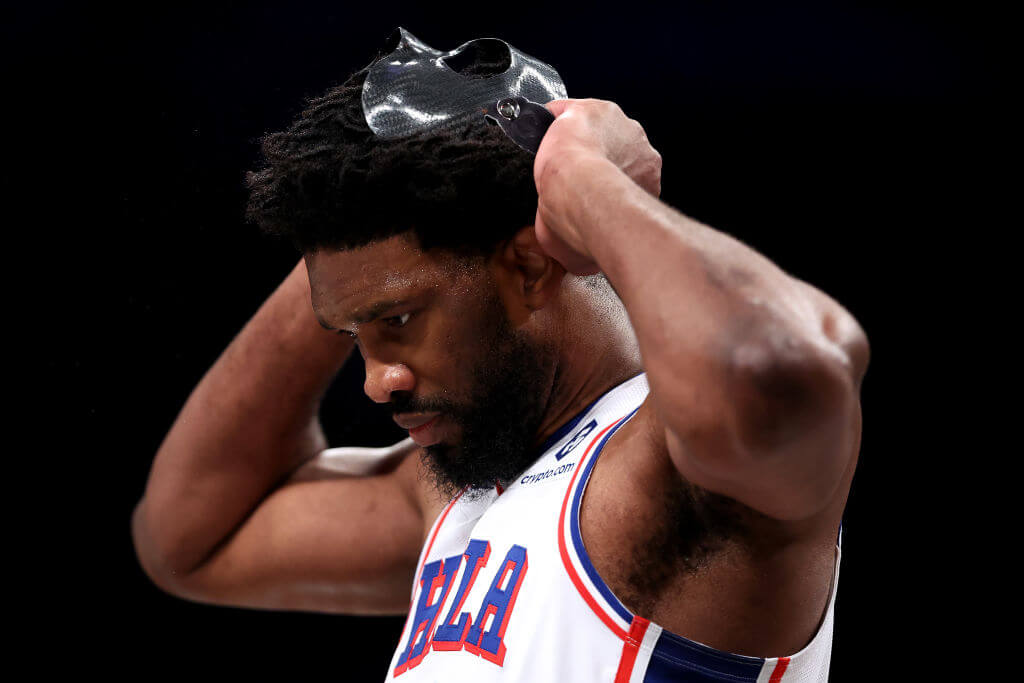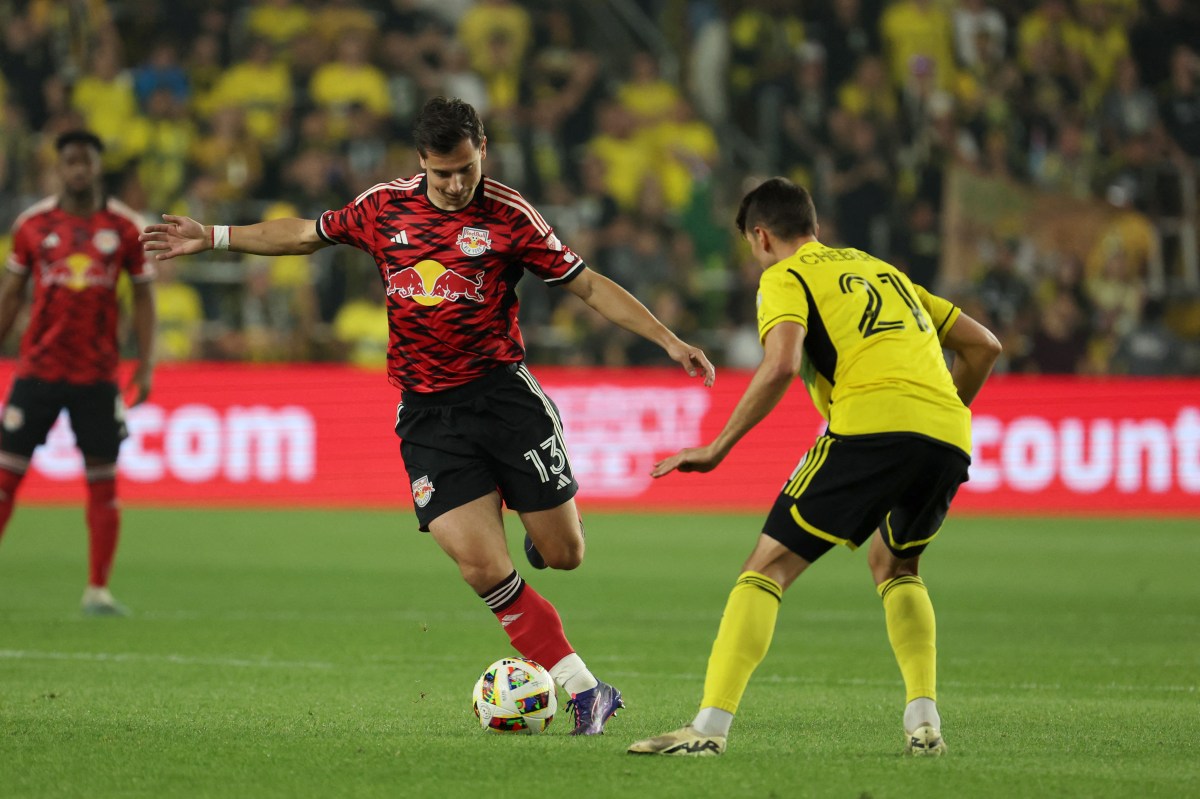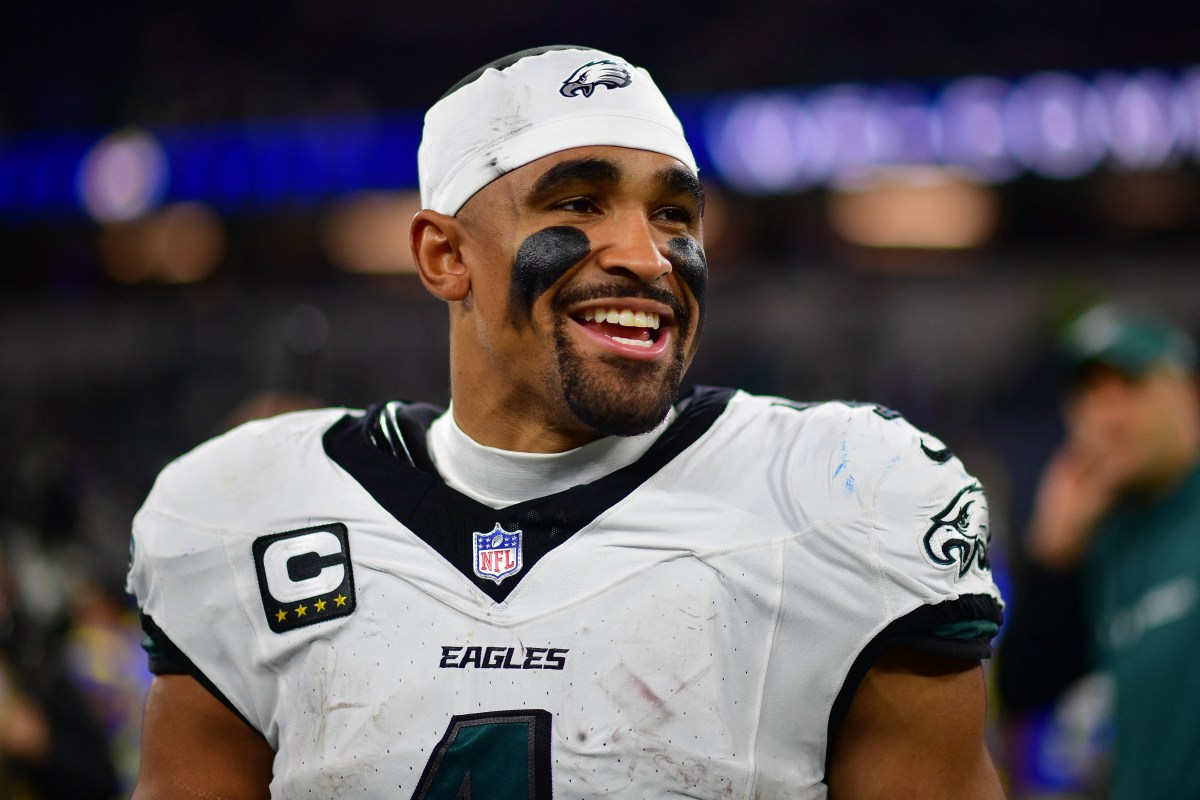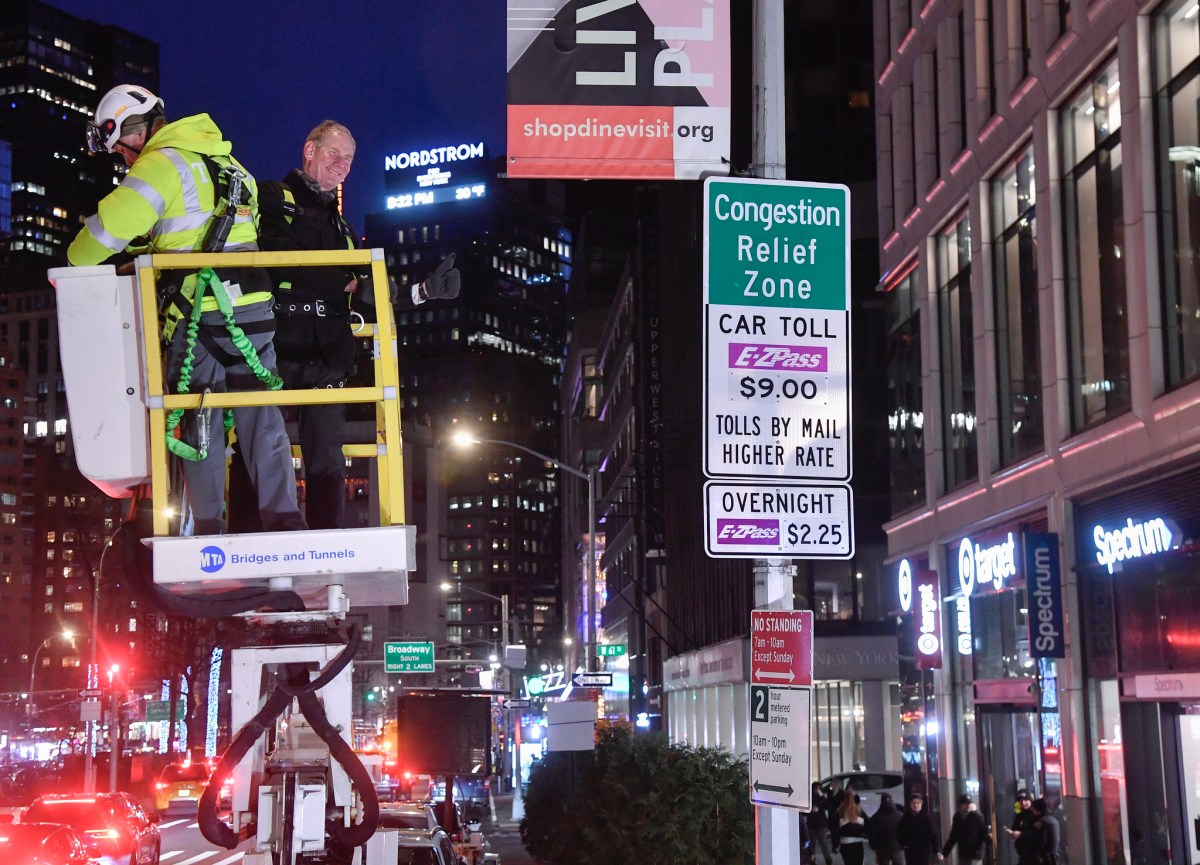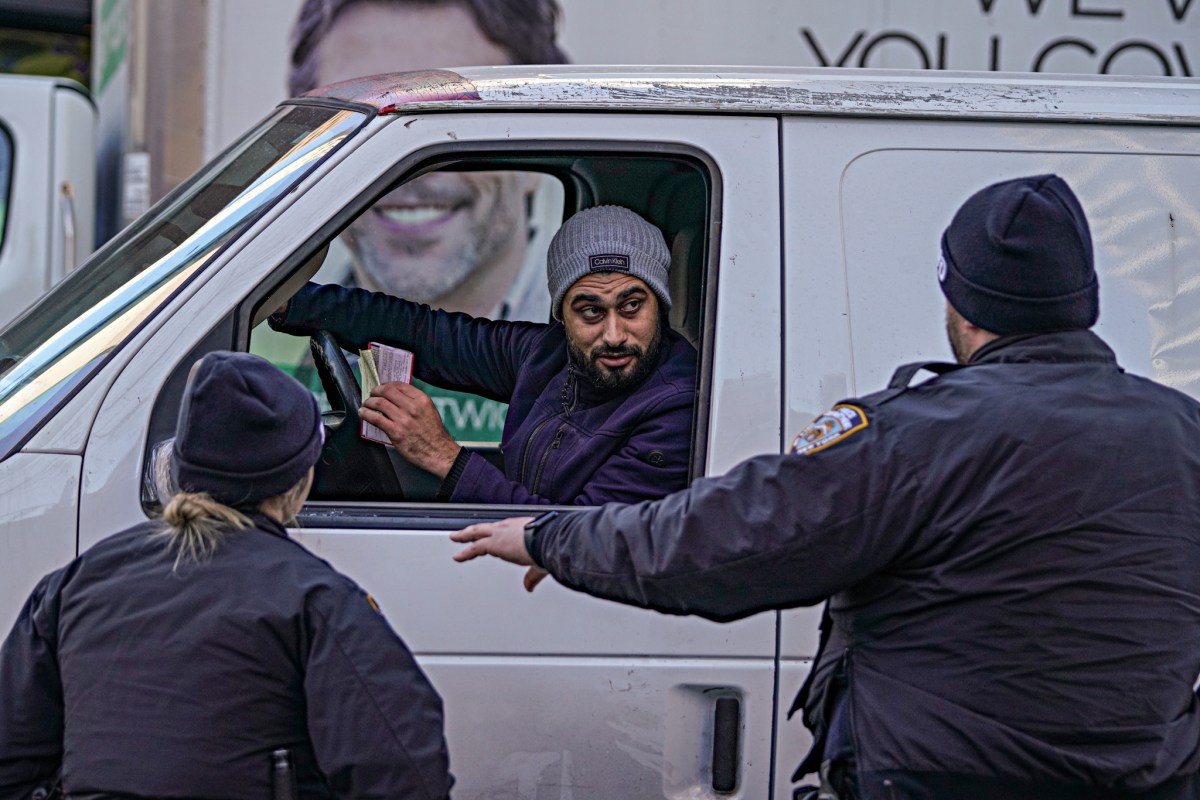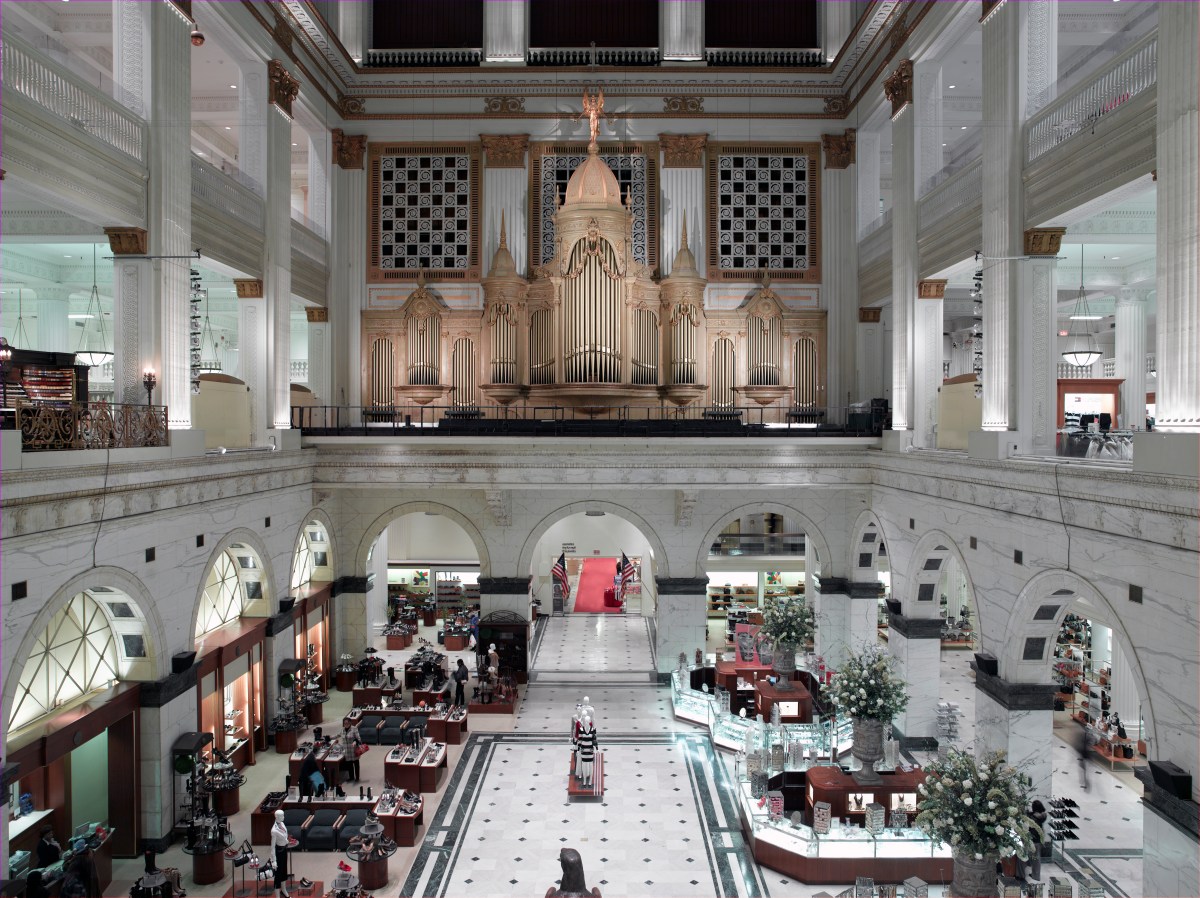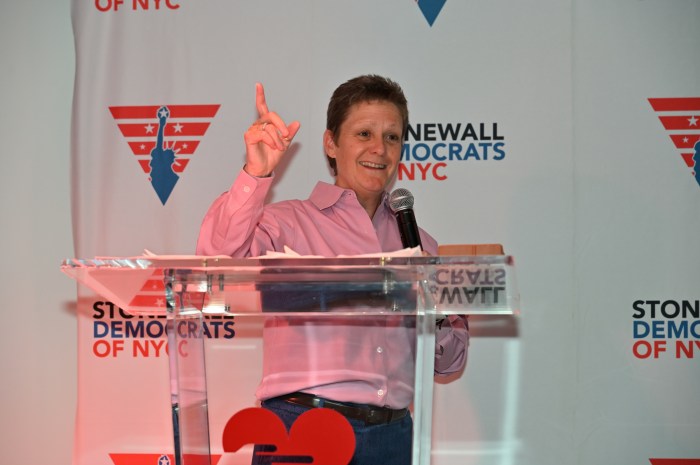New Yorkers who battle with congested commutes and lack of mass transit alike might find a glimmer of hope in an entirely new transportation system for New York.
The big question lawmakers now wantanswered is how reasonable it would be to develop a light rail system in New York City given an existing transit infrastructure struggling to keep up with demands and expenses. RELATED: Details scarce after city, state sign off on $26.1B MTA deal It’s not an entirely new question, said George Haikalis. Co-chair of a plan called Vision42 to redevelop the whole stretch of 42nd Street as a pedestrian-friendly boosted by a street-level rail system, Haikalis conceded light rails and street cars have been proposed for decades. It hasn’t amounted to much yet. Even Vision42 is a take on an idea first proposed in 1978, a version of which was approved by the city council in 1994. Political pressure and disagreement about costs derailed the conversation, Haikalis said. “People thought funding was illusory at the time,” he said. “Sometimes being optimistic is the way we get things done, but I think we’re past that these days.”
Vision42 is one of two projects currently presented by advocates to City Hall, the other major proposal being a streetcar system stretching from Astoria to Sunset Park.
RELATED: Report: City households giving more money to the MTA through ‘invisible fare’ But council members from various neighborhoods across the city — but especially in the outer boroughs — challenged the Department on Transportation to considera seriestransit solutions in various “transportation deserts” that drive New Yorkers’ commutes to an hour or more each way, light rail being one of them. Those areas include much of central and eastern Queens, northeast Bronx, southeast Brooklyn and much of Staten Island.
DoT Commissioner Polly Trottenberg told the council Thursday she was willing to incorporate a study into light rail feasibility and transit deserts in its ongoing exploration of bus rapid transit that it launched earlier this year. “There is a spectrum of options that scale up rapidly in terms of cost and complexity,” Trottenberg testified. “We should choose the mode that makes the most sense for each community, and is technically and economically feasible.” RELATED: De Blasio: Tolls on East River bridges to close transit budget gap unlikely Trottenberg was unwilling to exclude light rail as an option outright, but the Metropolitan Transportation Authority wasn’t as generous. In written testimony provided by MTA Chairman Thomas Prendergast, he wrote that some of the un- and under-used railroads in Queens and the Bronx suggested as paths for a light rail were in effect unusable for light rail. “The MTA is an agency with limited resources, responsible for safely and reliably moving 8.7 million people every day,” Prendergast wrote. “We have competing priorities we need to balance and [existing] projects must get our priority attention.” Those existing projects include East Side access and completion of the Second Avenue Subway, which are already reliant on a recently approved capital budget that came to be after months of political infighting between state and city officials. “The capital program was renewed begrudgingly this time,” Vision42’s Haikalis admitted, “largely to replace what we have — not to build new projects. But it’s up to our leaders to put the pressure on the agencies to produce good, reliable services. And there’s a noticeable gain for people who use light rail.” As the city keeps exploring light rail, some observers are keen to point out that any new mode of transit should not only be interconnected to existing transportation options but also encourage neighborhoods to grow. “I want minor leagueDonald Trumps to build buildings 20-stories high closer to any new transit hubs,” said Matthew Kahn, an economics professor at the University of Southern California. Kahn said light rails are a reasonable option for improved mass transit, especially in neighborhoods lacking connectivity to existing subway and bus hubs for working class commuters.
“You don’t have to be Einstein to understand that people want the new urbanist lifestyle,” he said, adding that a large upfront investment on light rail will pay off best if developers know that residents can count on a reliable transit system.
Could New York City add light rail to its mass transit options?
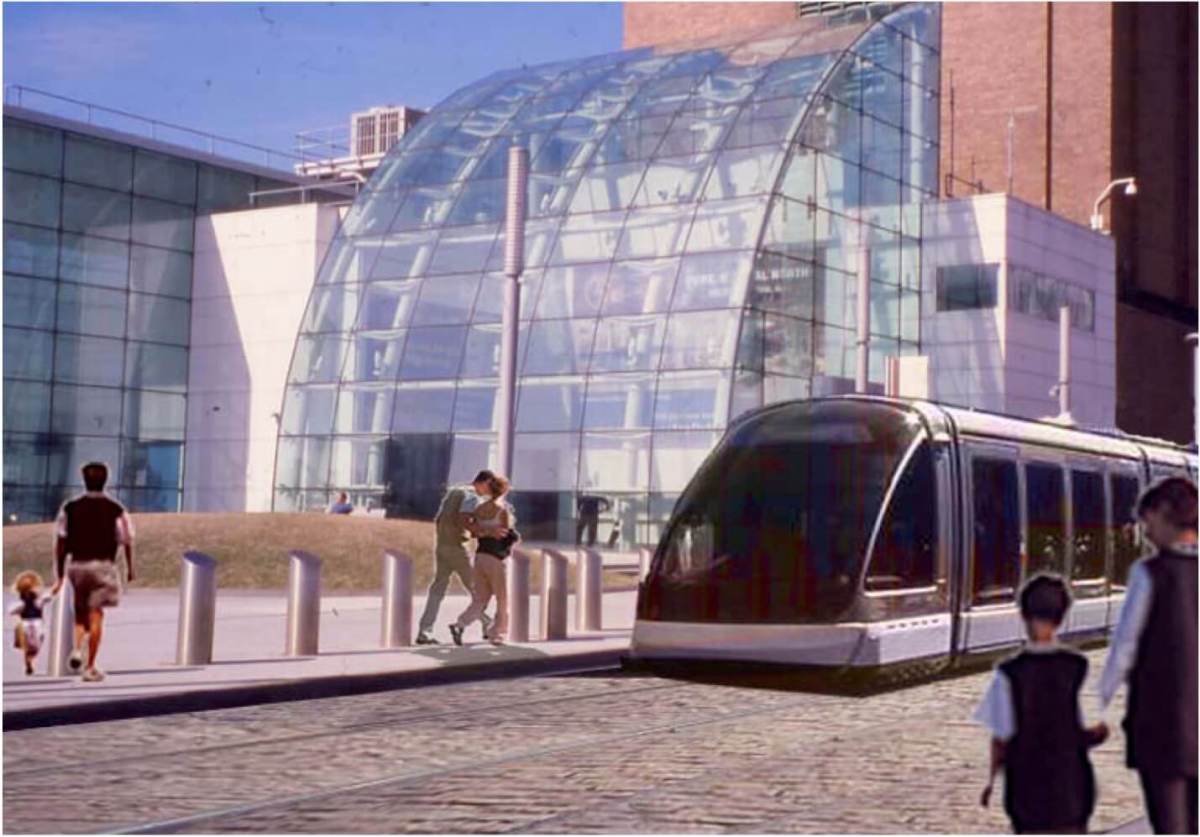
Courtesy of Vision42


